The Kleros Decentralized Address Tag Registry: a Proof of Concept for Securing Web3
The first decentralized list of address tags on Web3, powered by Kleros Curate.
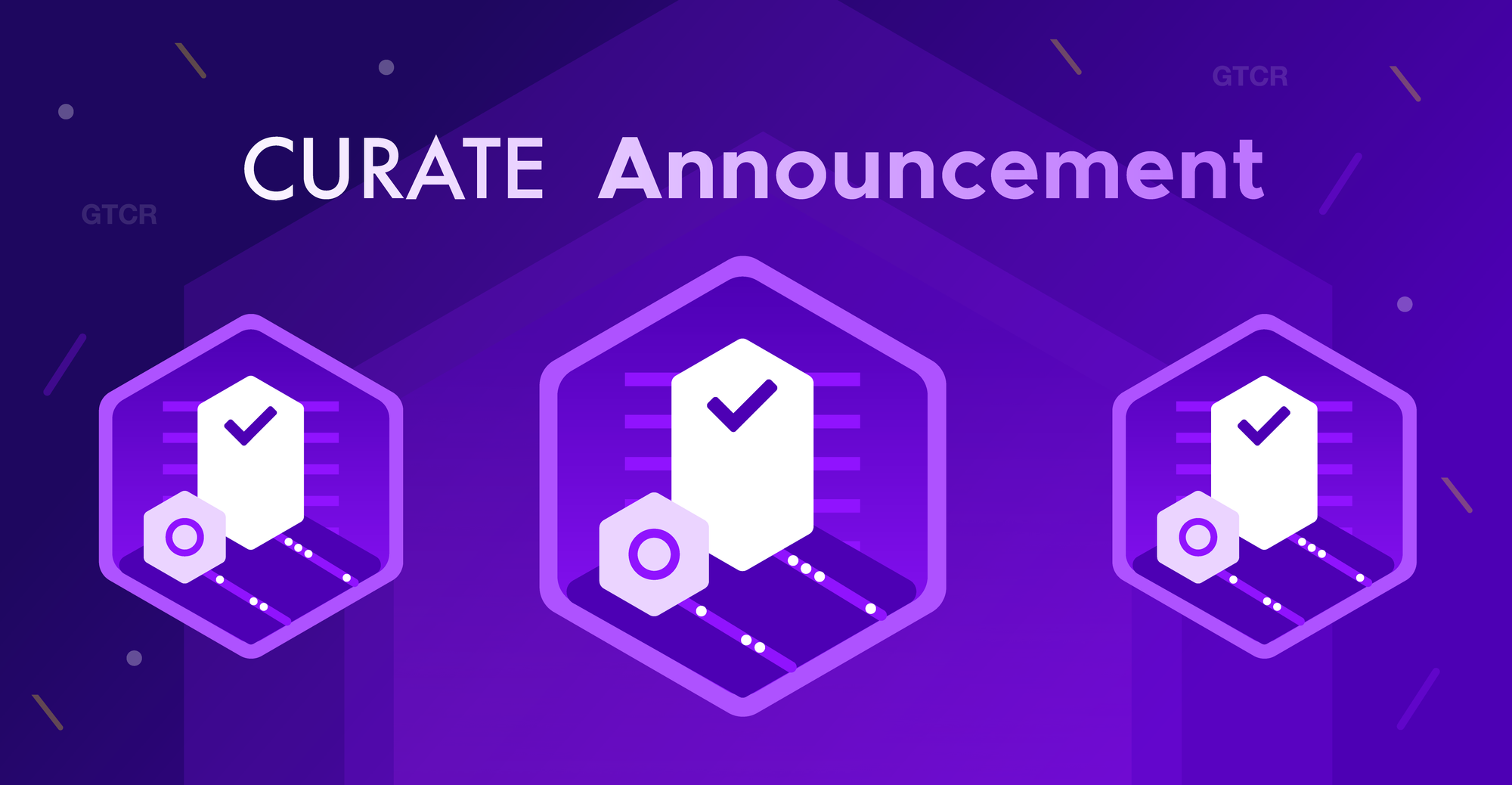
The first decentralized list of address tags on Web3, powered by Kleros Curate.
The rise of Decentralized Finance (DeFi) and the NFT boom in the past years has led to an exponential growth in the usage of Web3. As new users enter the ecosystem by the tens of thousands, reports of scams, transaction mistakes and accidents are unfortunately also becoming more and more frequent. Examples are not difficult to find; this user accidentally sent his funds to the DAI smart contract where they were lost forever, and this other one sent funds to an address controlled by a scammer.
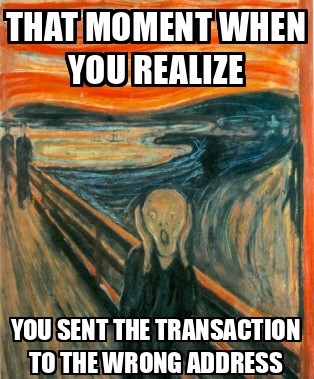
For Web3 to keep growing, it is crucial that new methods and technologies rise up to combat this ever increasing threat to the security and safety of its users.
Some of the best places for solutions to this problem to be built are blockchain explorers. They are where users turn to for tracking, verifying and tracing transactions and addresses, and having verified tags there for commonly used addresses can greatly increase the security for all users.
Address tagging and tag curation can be a challenging task to perform at scale and in a decentralized manner. In this area, Kleros Curate has proven itself to be the industry-leading solution; The Kleros Tokens dApp, which is made using Kleros Curate, facilitates a community driven token verification process, and is currently used by prominent decentralized exchanges such as Uniswap and Paraswap.
We are therefore very excited to bring this technology over to address tagging as well with the launch of the first ever decentralized tag registry for Ethereum Mainnet addresses!
How the Ethereum Address Tag Registry works
We have created two instances of the tag registry: one on the Ethereum Mainnet and another on the Gnosis/xDai chain. You can pick either of them according to your own personal preference (e.g. gas considerations, the native chain your platform reads from), but remember that both are used to submit tags only for Ethereum Mainnet addresses.
In a nutshell, creating a submission is as simple as following these few steps:
- Go to the Address Tag registry instance on either Ethereum Mainnet or Gnosis/xDai chain.
- Review the submission policy and create a submission by filling in all the required fields.
- Confirm the submission transaction using Metamask (both gas and deposit applicable)
- Wait for the challenge period to pass and your submission will become visible on blockchain explorers and wallets that support our tags (example here)!
You can find the detailed steps below, in which we reference Etherscan’s interface to show how a tag can be submitted and made visible on a blockchain explorer using this registry.
1. The first step is to find the tag registry.
- Use these links to go directly to the Ethereum Mainnet or the Gnosis/xDai chain registry.
- Alternatively, navigate to the list yourself by logging onto Kleros Curate, toggle your wallet (e.g. Metamask) to the right chain (Ethereum Mainnet or Gnosis/xDai) and open the 'Address Tags' list.
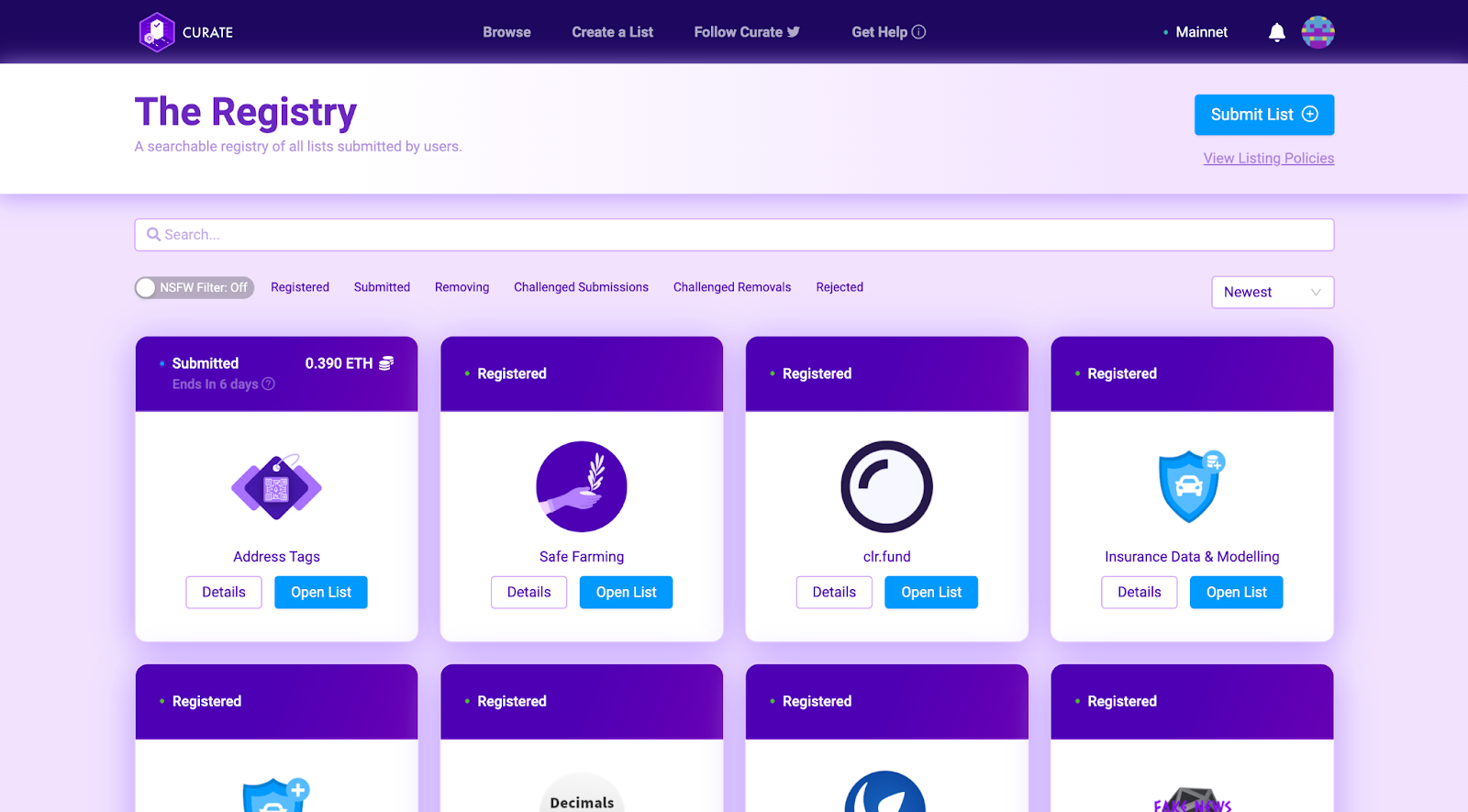
2. Click on 'View Listing Policies' to view the policy your submission needs to comply with. Review it carefully.

3. Once you have reviewed the listing policy document of the registry, click on 'Submit Tag' and fill in the form with the required information. In your wallet (e.g. Metamask), perform the transaction to submit the request and post the applicable deposit (will be refunded if the entry is successfully accepted).
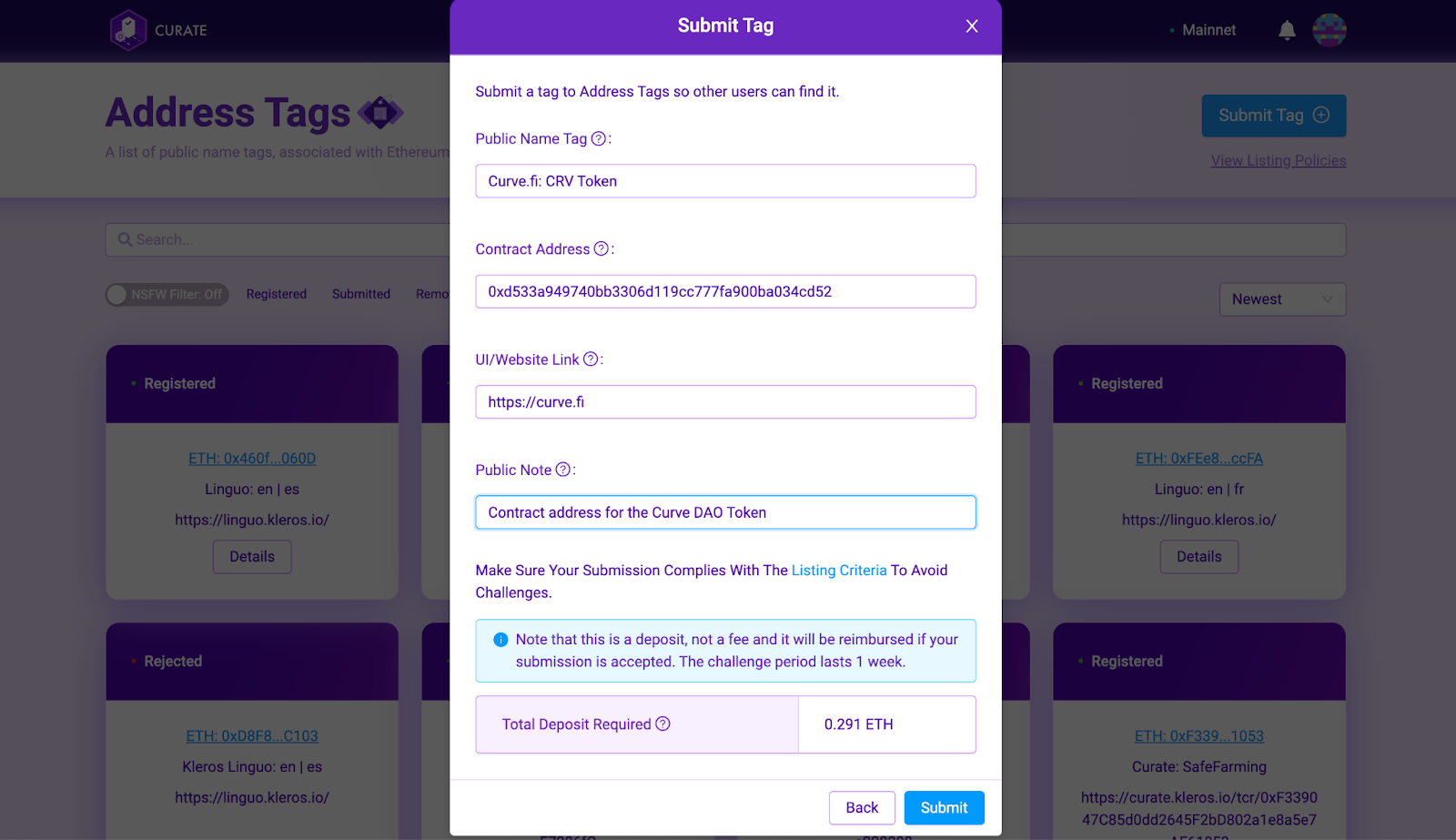
- After the submission is done, it will stay pending for a week for other users to check if it complies with the rules.
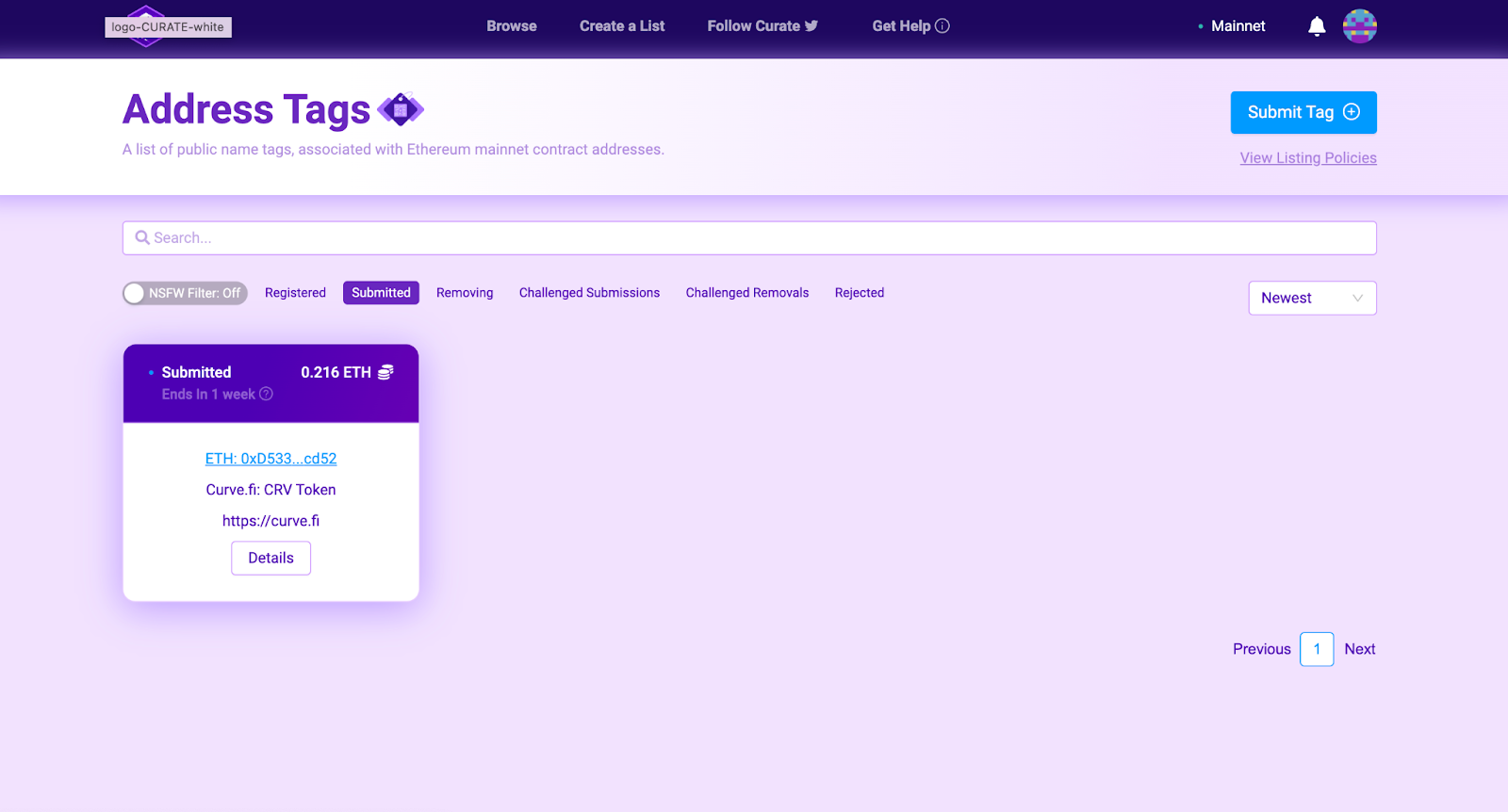
- If someone challenges the registration with the 7 day challenge period, it will go to Kleros Court. If not, it will move to “Registered” status.
4. Once the submission moves to 'Registered' status after a week, it becomes an official entry in the address tag registry!

- When sending funds to this address, users of blockchain explorers and wallets (that have integrated the Kleros address tags) can now see the verified tag for the address that they are transacting against. This will helps them to transact with more confidence and avoid making costly mistakes.

- Note that the adoption of newly registered tags is handled by the explorers and wallet providers themselves. Additional operational procedures and security checks on their side can add to the delay between the successful confirmation of a registration and the visibility of the tag on the explorer.
Simple as that! We're extremely proud of this proof of concept: an initiative that will make Web3 safer for everyone!
All Kleros Curate registries - including the address tag registries in this article - are public, and we would like to welcome all other blockchain explorers and wallet providers to make use of the data of this registry to increase the security of your service. If you need any support regarding this integration, don’t hesitate to reach out to us here.
To encourage participation in this initiative, we at Kleros are putting aside a pool of 100,000 PNK every month to reward users who are participating in this effort. To direct efforts towards the more widely-used addresses, the monthly distribution will be weighted according to the total gas fees used historically by each of the tagged contract addresses (e.g. visible under ‘TxnFees’ in the analytics tab of an address’s Etherscan page).
So start tagging now and make your contribution to a safer and more secure Web3!
